Corporate Social Responsibility

Unlike other major corporations of similar sizes, eBay does not release an annual sustainability report. Nevertheless, information about eBay CSR efforts can be found on the company’s website. Most of eBay’s social responsibility initiatives are conducted by the EBay Foundation. Table 3 below illustrates the major points of eBay CSR programs and initiatives: Categories of CSR activities eBay Performance Supporting local communities Global Impact Team program established in 2008 attempts to engage employees in service to the communities where they live and work In the US, 35 eBay offices have GIVE teams — groups of employees who voluntarily participate in charitable events and allocating grant funds to organizations in their local communities Educating and empowering workers eBay offers a range of leadership development programs to employees at all levels. For example, eBay’s Finance Leadership Development Program (FLDP) highlights a unique employee experience. Each FLDP cohort receives extensive leadership development, coaching, and senior executive mentoring, while working on challenging assignments Labour and human rights The company has been receiving the maximum score of 100 per cent on the Human Rights Campaign’s Corporate Equality Index (CEI) every year since 2009 Employee health and safety eBay organizes an annual ‘health and safety week’ to raise awareness of health within the workplace. It includes completion of health and safety survey, attending workshop and seminars. Gender equality and minorities The launch of Women’s Initiative Network (WIN) in 2011 increased the number of women in leadership roles. 29% of eBay leadership positions are held by women and women represent 42 per cent of total workforce. The company publicly advocate for equal rights for same-sex couples Environment a) energy consumption b) water consumption c) recycling d) CO2 emissions eBay used 716,353 MWh of energy in 2014 alone. In 2013, the company has announced its commitments to…

Corporate social responsibility (CSR) can be defined as “the obligation of decision makers to take actions which protect and improve the welfare of society as a whole along with their own interests” (Carroll and Buchholtz, 2008, p.39). CSR represents a critically important aspect of a successful business regardless of the industry. Hilton Worldwide has announced its commitment to continually improve its CSR performance in the following directions: Employees Impact on the local community Environment Responsible sourcing The program ‘Travel with Purpose’ launched in 2011 serves as a guiding principle behind Hilton CSR programs and initiatives. The company releases Global Responsibility Report annually and it includes the details of CSR programs and initiatives engaged by the company. The table below illustrates highlights from Hilton Worldwide 2014-2015 Corporate Responsibility Report: Categories of CSR activities Hilton Performance Supporting local communities October is a Global Month of Service for Hilton. In October 2015, teh company activated 4,145 volunteer projects worldwide resulting in 213,000 volunteer hours in 92 hours Nearly 200 Travel with Purpose Action Grants were awarded in 2015 to support Hilton properties and local communities Educating and empowering workers Hilton Worldwide University offered 2 million courses and 5 million hours of learning for employees in 2015 alone More than 14,000 Hilton managers attended its ethics and anti-corruption training in 2014 Labour and human rights The company achieved a maximum score of 100% on the Human Rights Campaign Foundation’s Corporate Equality Index Employee health and safety No information found Gender equality and minorities Women represent 51 per cent in Hilton’s US owned, managed and corporate locations Since 2013 Hilton employed more than 7,300 veterans and their spouses Environment a) energy consumption b) water consumption c) Waste reduction and recycling d) CO2 emissions Forbes has acknowledged Hilton as a Top 50 Green Brand and the…

There is a very little information available about Red Bull CSR programs and initiatives. Unlike the major companies of a similar size, Red Bull does not produce an official CSR report. This is partially because the energy drinks manufacturer is a private company, not a corporation, hence there is no shareholder pressure to engage in CSR to a greater extent. Currently, the scope of Red Bull’s engagement in CSR is limited to the following points: In 2013, Red Bull launched its Amplifer scheme, designed to support music start ups Red Bull ECO-Coolers use up to 45% less energy than conventional refrigerators. 650,000 ECO-Coolers are installed up to date 80 per cent of energy in manufacturing processes are used from renewable sources Today Red Bull cans are about 60 per cent lighter than a few years ago Red Bull uses aluminium cans that are 100 per cent recyclable Wall-to-Wall production technique used by Red Bull saves 8,750,000 km of truck travel annually. This technique involves manufacturing and filling cans on the same site and saves more than 6,641 tons of CO2 emissions each year Red Bull Wings for Life campaign funds cutting-edge research projects towards spinal cord injury At the same time, it is hard to see any effort Red Bull is making on the following important aspects of CSR: Supporting local communities Educating and empowering workers Labour and human rights Employee health and safety Gender equality and minorities Responsible water consumption Sustainable sourcing Red Bull GmbH Report contains a criticism of Red Bull CSR programs and initiatives. The report also illustrates the application of the major analytical strategic frameworks in business studies such as SWOT, PESTEL, Porter’s Five Forces, Value Chain analysis and McKinsey 7S Model on Red Bull. Moreover, the report contains analysis of Red Bull’s marketing strategy along…
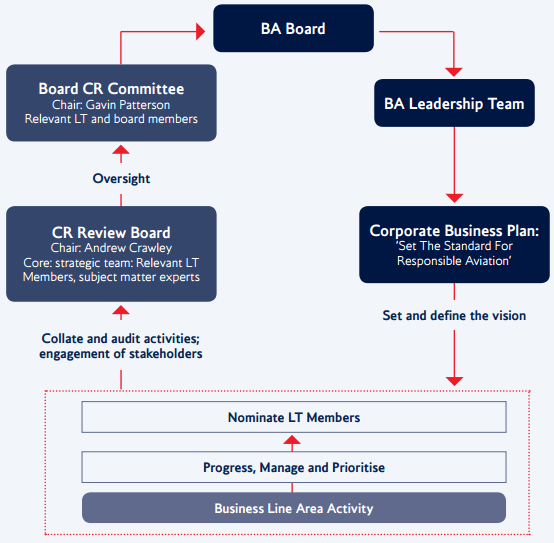
British Airways CSR programs focuses on the following three core areas: Climate Action Noise and Air Quality Resource Management British Airways SCR strategy relies on four primary risk management criteria when measuring the impacts of environmental risks of business operations: Risk impact Probability Velocity Timeframe British Airways Corporate Responsibility Committee chaired by non-executive director – Gavin Patterson deals with the issues of sustainability and it is composed as illustrated in figure below: Structure of British Airways Corporate Responsibility Committee The company releases Environmental Performance Report annually and it includes the details of CSR programs and initiatives engaged by the company. Table 3 below illustrates highlights from the latest report for 2015: Categories of CSR activities British Airways Performance Supporting local communities The airline is committed to minimizing the noise impact on local communities. British Airways is working towards an overall reduction in average noise per flight by 15 per cent by 2018 compared to 2008 Educating and empowering workers The company has world class training academy full-scale cabin mock-ups, door simulators, a fire-ground and full height evacuation slides British Airways’ Community Learning Centre has welcomed around 100,000 people since opening in 1999 Labour and human rights The airline’s potential suppliers are required to complete Corporate Social Responsibility (CSR) questionnaire. This insures that their working conditions complies with International Labour Organisation standards Employee health and safety The airline’s Safety Committee systematically ensures that appropriate safety resources and procedures are in place Gender equality and minorities No relevant information found Environment a) energy consumption b) water consumption c) recycling d) CO2 emissions British Airways is striving for 20 per cent reduction in energy usage by 2020 compared to 2013 No relevant information found British Airways aims to achieve 60 per cent recycling by 2015 at its main bases of Heathrow…
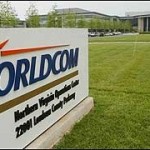
1. Introduction Once the largest provider of internet-based communication services and the second largest long-distance telephone company in the US, WorldCom became one of the most popular case studies for corporate ethics, financial frauds and senior management irresponsibility along with Enron. This article contains analysis of the fall of WorldCom employing four-stage fundamental analysis. The article starts with discussions of business strategy in general and analysis of strategies that exposed WorldCom to major risks in particular. This is followed by analysis of analysis of accounting practices used at WorldCom. Moreover, the article contains discussions devoted to financial analysis and the role of auditors in relation to WorldCom case study, as well as, prospective analysis that addresses valuation models employed by WorldCom accountants. This article is completed by reflecting upon important lessons to be gained from this particular case study for international business practices. 2. Business Strategy Analysis: Strategies and Practices that Exposed WorldCom to Major Risks Business strategy analysis is the first stage of the four-stage fundamental analysis of the business entity. Business strategy analysis associated with in-depth study of effectiveness and sustainability of competitive advantage of the company. Business strategy is a broad topic with multiple facets with varying levels of impacts on firms’ competitiveness and long-term growth. займ на карту мгновенно круглосуточно без отказа According to the framework of Porter’s Generic strategies (1985) businesses can base their competitive advantage on differentiating products and services or offering products and services for competitive prices. Importantly, the choice between is faced by overall businesses entity, as well as, separate segments within the entity. Primarily, WorldCom’s business strategy was most related to cost advantage, offering discount long-distance telephone services, according to the former name of the company Long Distance Discount Services Inc. (LDDS). However, as the company entered the phase of massive expansion…

Tesco CSR programs and initiatives are developed and implemented by Corporate Responsibility Committee led by Chairman John Allan. The importance of CSR for Tesco maybe greater nowadays than ever before due to a series of ethics-related scandals the supermarket chain had to deal with recently such as inappropriate profit reporting and poor supplier treatment cases. In other words, it is important for the supermarket chain to restore the trust of its towards the brand and engagement in CSR programs and initiatives is an effective tool to achieve this objective. The company releases Corporate Responsibility Update regularly and it includes the details of CSR programs and initiatives engaged by the company. The table below illustrates the highlights from the latest report for the financial year of 2014/15: Categories of CSR activities Tesco Performance Supporting local communities The company donated GBP 55 million, which accounts to 3.96 per cent of its pre-tax profit to various charities and good causesIn total, GBP 37.9 million has been raised from Tesco employees and via customer fundraising Educating and empowering workers 70% of employees stated they would recommend Tesco as a great place to workAs much as 77 per cent of managers, directors and business leaders within the company made career progresses Labor and human rights The supermarket chain declares its commitment to UN Universal Declaration of Human Rights and the International Labour Organization Core ConventionsIn 2010, Tesco’s USA stores, Fresh & Easy was accused by Human Rights Watch for allegedly exploiting weak labour laws in the US and bullying employees to prevent them from joining unions[1] Employee health and safety In 2015 a total of 1539 employees in retail and distribution were injured at work that resulted in fractures or lost time of more than three days Gender equality and minorities The percentage gap in payment…
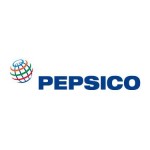
PepsiCo CSR strategy focuses on three pillars of sustainability: human, environmental and talent. The company releases Global Responsibility Report annually and it includes the details of CSR programs and initiatives engaged by the company. The table below illustrates highlights from the latest report for 2015: Categories of CSR activities PepsiCo Performance Supporting local communities Since 2006, PepsiCo invested USD 850 million to support communities where it operates Through its partnership programs PepsiCo provided access to save water to 6 million people during the period of 2008-2014 Educating and empowering workers Implementation of Lean Six Sigma Training has been increased from 3 to 30 countries during 2010 – 2015. Labor and human rights In 2014, PepsiCo trained 1900 suppliers on Supplier Code of Conduct that focuses on the protection and promotion of human rights The company as Human Rights Operating Committee (HROC) consisting of cross-functional leaders across PepsiCo with the aim of building awareness around promotion of human rights across the company and suppliers Employee health and safety Lost time incident rate in was reduced by 23 per cent in 2014 compared to the previous year Gender equality and minorities In 2015, the company spent USD 1.4 billion with minority-and-women-owned businesses Environment a) energy consumption b) water consumption c) recycling d) CO2 emissions An improvement of 16% energy efficiency was achieved in 2015 Operational water usage per unit of production was reduced by 23 per cent in 2015. The amount of absolute water usage was reduced by 1 billion liters during the same period About 93 per cent of PepsiCo’s waste is diverted from landfill, i.e. 93 per cent of water recycled and re-used More than 130 million pounds of foodgrade recycled polyethylene terephthalate (rPET) was used by PepsiCo in 2014, an increase of about 25% compared to the…
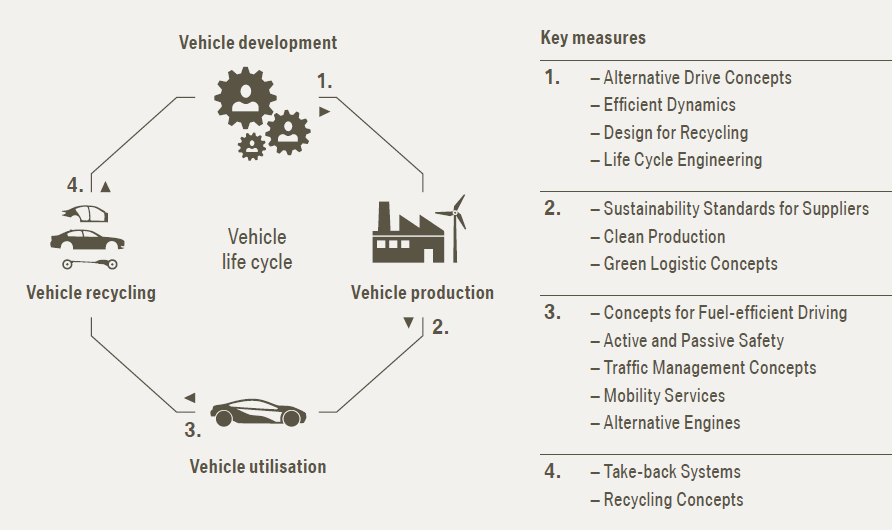
BMW CSR strategy aims to achieve the highest level of sustainability during the each stage of the vehicle life cycle via implementing the relevant set of measures and initiatives. The figure below illustrates the key measures at each stage of the vehicle life cycle process: BMW sustainability throughout the product life cycle[1] BMW Group has won a number of awards for its sustainability efforts. These include the following: Re-gaining the first place in automobile industry in Dow Jones Sustainability Indexes (DJSI) in 2015 Achieving 100 out of maximum 100 points for transparent reporting according to CDP. Being listed on FTSE4Good an index of the British index family on sustainability and corporate governance provided by FTSE in London. BMW CSR Programs and Initiatives The company releases Sustainable Value Report annually and it includes the details of CSR programs and initiatives engaged by the company. Table 3 below illustrates highlights from the latest report for 2015: Categories of CSR activities BMW Group Performance Supporting local communities Care 4 Water initiative carried out in collaboration with the non-profit organisation “Waves For Water” involves employee fundraising activities in more than 50 countries to enable communities to secure their own access to clean water Educating and empowering workers Employees for certain positions are offered flexible working hours such as sabbaticals or “Vollzeit Select” (Fulltime Select) scheme In 2015 BMW Group invested EUR 352 million for employee education and training and development purposes. On average BMW Group employees participated in 4.1 days of training programs in 2015. Labor and human rights Starting from 2016, the company has announced the gradual integration of human rights requirements into global Compliance Management System Employee health and safety Health Management 2020 program has been launched to assist employees to improve and maintain their health. Since its launch in 2014 10,100 employees…

Corporate Social Responsibility (CSR) is a critically important aspect of the business for any company of a large size, including Walmart. Walmart CSR strategy rely on the following three principles[1]: Creating economic opportunity for our employees, suppliers and people who work in retail and retail supply chains beyond Walmart Enhancing the sustainability of operations and product supply chains for people and the planet Building strong communities where the retailer operates Walmart’s aims to achieve the following 3 aspirational goals formulated in 2005 by Lee Scott, who was Walmart CEO at the time: Supply the company with 100 per cent renewable energy Create zero waste Sell products that sustain people and the environment The company releases Global Responsibility Report annually and it includes the details of Walmart CSR programs and initiatives engaged by the company. The table below illustrates highlights from the latest report for 2015: Categories of CSR activities Walmart Performance Supporting local communities In UK, Asda donated more than 10,000 grants as part of the Chosen By You, Given By Us program in 2014More than USD 100 million awarded in state and neighbourhood grants by Walmart and Walmart foundation in the US Walmart employees in the US volunteered over 1.5 million hours in their local communities in 2015 USD 14 million was donated by Walmart to the causes in “dollar-for-doer” grants Educating and empowering workers Results if a survey involving more than 2 million employees worldwide indicate that 4 or 5 are proud to work at WamartIn February 2015, the company announced a USD1 billion investment in U.S. hourly associates to provide higher wages, more training and increased opportunities to build a career with Walmart.[2] More than USD 100 million grants will be funded by Walmart foundation to accelerate mobility of retail workers from entry- to middleskills jobs, Labor and human…
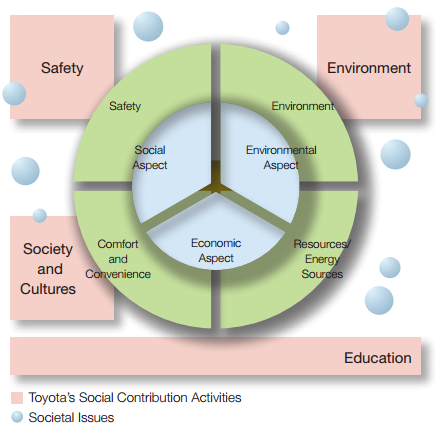
CSR programs and initiatives are launched as a part of Toyota Global Vision that was formulated in March 2011. Toyota Global Vision is represented in the form of a tree where Toyota values represent the roots of the tree, stable base of the business is the trunk of the tree. The concepts of ‘Always Better Cars’ and ‘Enriching Lives of Communities’ are positioned as fruits of the tree. In other words, Toyota Global Vision places an equal emphasis on the primary objective of profit maximization (Always Better Cars) and CSR (Enriching Lives of Communities). Overview of Toyota’s CSR activities[1] The company releases Global Responsibility Report annually and it includes the details of Toyota CSR programs and initiatives engaged by the company. Table 3 below illustrates highlights from the latest report for 2014: Categories of CSR activities Toyota Performance Labor and human rights 2.14% of all workforce are disabled people Health and safety Quality Control (QC) circles have been instituted at Toyota to increase the vitality of people and workplaces. As of March 2015, approximately 4,100 circles involving approximately 36,000 members were active in Japan, and approximately 13,000 circles involving approximately 99,000 members were active abroadToyota conducts genchi genbutsu safety inspections regularly to ensure the safety of employees and visitors to the company. Environmentb) water consumption c) recycling d) CO2 emissions Rainwater collection has been implemented by Toyota to reduce the amount of water usage in its plants Toyota engages in recycling in the following four directions: (1) utilization of eco-friendly materials; (2) making use of parts longer; (3) development of recycling technology; (4) making vehicles from the materials of end-of-life vehicles. The company aims to improve the global average fuel efficiency by 25% by FY2015, compared to FY2005 As of December 31,…
